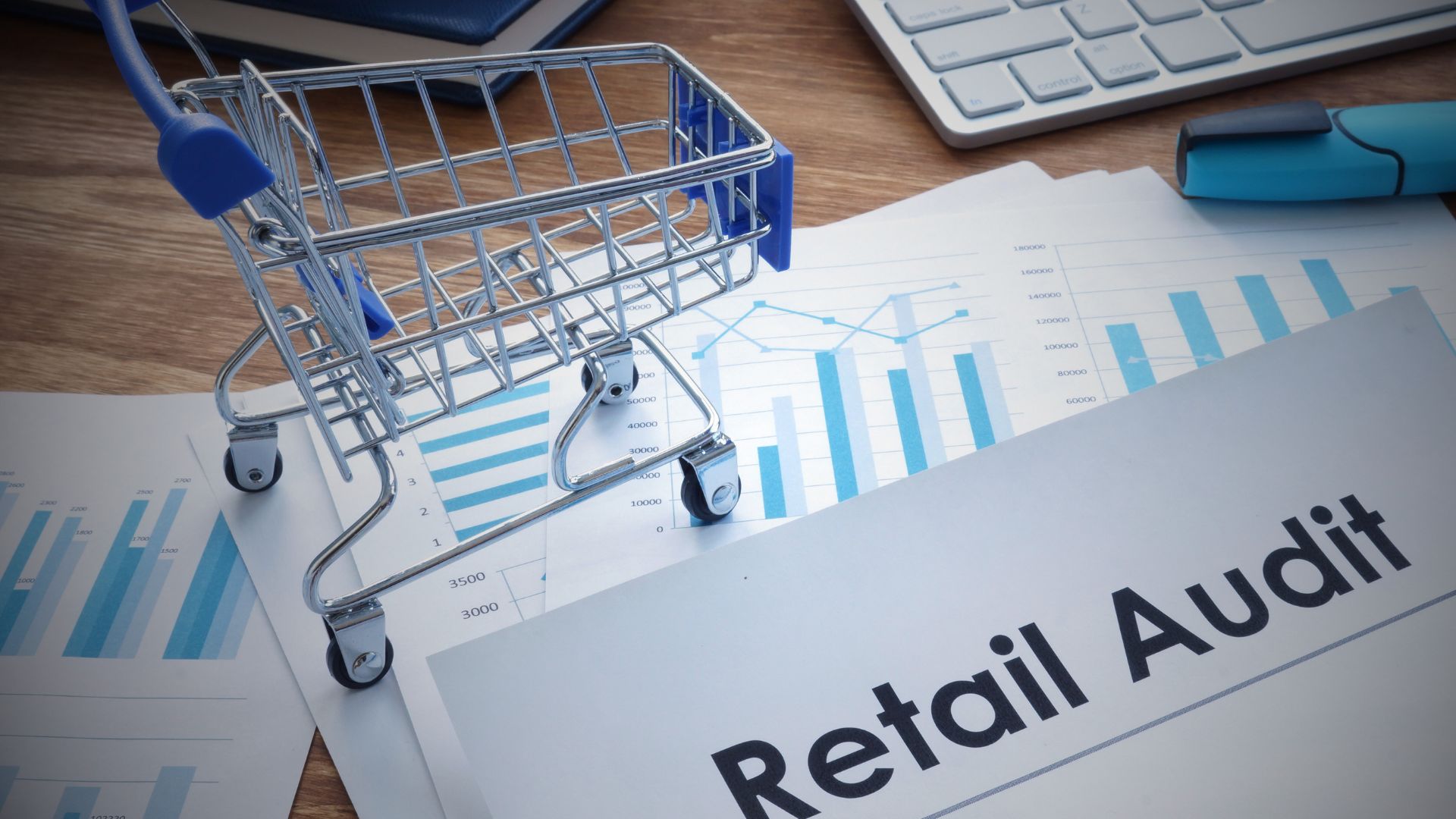Article has been updated in 2025 with new deadlines
In recent years, Norwegian Customs (Tolletaten), just like the Tax Administration and several other Norwegian agencies, has embarked on an extensive digitalisation process. The goal is to streamline tasks and handle increased demand more efficiently.
The introduction of Digitoll, digital customs processing, is a key part of this strategy. Digitoll requires information to be submitted digitally before or at the latest upon border crossing. Submitting this information well in advance allows the Customs Agency to review the data so it can be processed and ensure a smooth border crossing.
«With Digitoll, companies submit transport and consignment information digitally to the Norwegian Customs Authority, either before or at the latest upon border crossing. This allows customs officers to process and assess risk before the goods reach the border and makes it possible to offer a more automated border crossing.»
Tolletaten
Digitoll is being introduced in phases. From 15 September 2026, it will become mandatory for everyone transporting goods into Norway to submit digital notifications and information before or at the time of border crossing. In the longer term, digital notification will also apply to exported goods. On 1 March 2027, the direct transport arrangement will be discontinued, and customs declarations must be submitted before or at the time of border crossing.
Norwegian imports must act now
Future digital border crossings will significantly impact how smoothly goods are imported for Norwegian importers. If the Customs Agency has sufficient information at the time of import, importers can avoid delays caused by unnecessary stops at the border or being sent to a bonded warehouse.
How can importes prepare?
For importers who do not declare their goods themselves, it is crucial to have good cooperation with their suppliers and customs brokers or freight forwarders to ensure that accurate and complete information is made available to the forwarder in a timely manner.
Ensure you have an overview of suppliers, carriers, and customs representatives who declare on behalf of your business. Contact all parties in the chain to gain insight into the process.
Here are some tips on questions and clarifications to start with:
Suppliers:
- Do you have an overview of all your suppliers and subcontractors?
- What documentation do they provide?
- To whom (freight forwarder / customs representative) do they deliver this?
- When do they deliver? Do they provide the documentation in time to meet the Digitoll requirements?
- What Incoterms and/or trade terms are used?
Carriers and Customs Representatives:
- Which carriers are used, and who selects them?
- Is the carrier also used as a customs representative, or do you declare in your own system?
- Do you have control over which customs representatives have the authority to declare in your name?
Other internal considerations:
What obstacles or challenges arise in this work, and how will you address them?
- Do you risk delays in deliveries?
- Do you risk incorrect declarations and the associated risks and additional costs for corrections?
- Do you need to build up larger inventories?
- Do you have sufficient (customs) expertise internally?
- Is there a need for new hires?
- Will Digitoll require changes in working hours and employment contracts?
This is by no means an exhaustive list but serves as a starting point for importers preparing for Digitoll.
Start now, Digitoll is approaching fast!
Good data is key
For importers (and exporters) looking to be well-prepared for customs digitalisation, good data is crucial.
To ensure your product data is as good as possible, you should:
- Take ownership of product information.
- Work closely with your suppliers and freight forwarders.
- Ensure traceability throughout the process, from order through customs declaration to recorded value and reporting
- Establish written routines for control and deviation handling
Did you know?
Our digital customs archive, Emma E-Doc, is designed to simplify the collection, archiving, post-audit, and revision of declarations and other customs data.
More content for you



